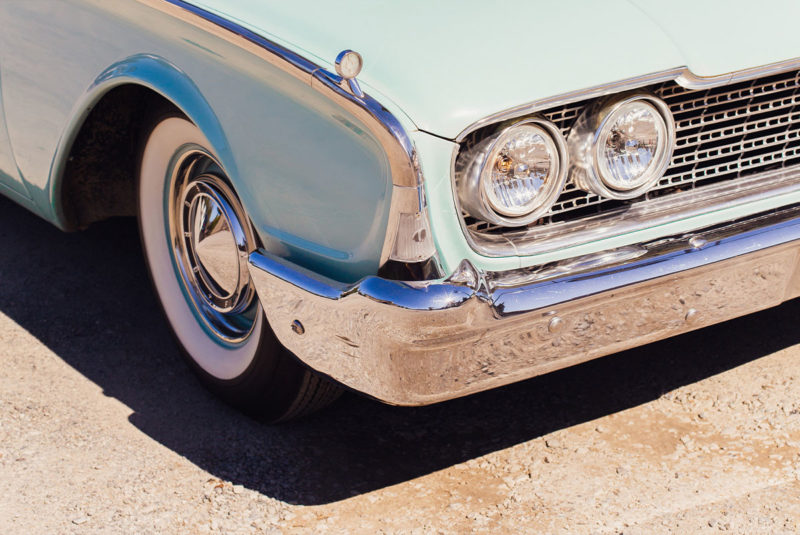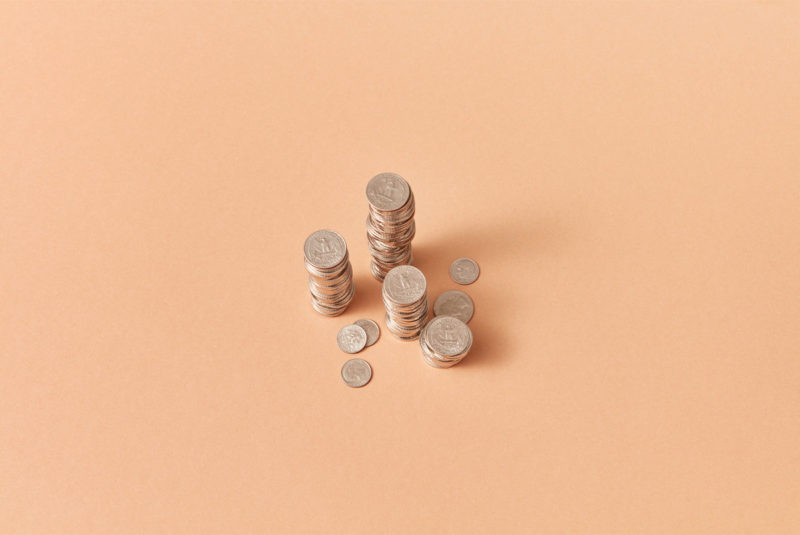When times are tough, you may need a quick way to access cash to help you through an emergency or cash flow crisis. One way to do this is by borrowing against the value of your car using cash-back auto refinancing.
With a cash-back auto refinance loan, you replace your existing car loan with a new one, borrowing enough money to pay off your existing loan and put extra cash in your pocket.
If you’re looking at ways to get cash, here’s what you need to know about cash-back auto refinancing and its risks.
Cash-Back Auto Refinancing, Explained
Also known as cash-out auto refinancing, cash-back auto refinancing allows you to pay off your existing loan and get more money than what you owe on your car.
With traditional auto loan refinancing, you borrow enough money to cover the remaining balance of your car loan and hopefully get a lower interest rate. You may also refinance to a shorter repayment period to pay off your car faster or a longer repayment period to reduce your monthly auto loan payments.
You can reap the same benefits with cash-back auto refinancing. But the main difference between the two loans is that with a cash-back auto refinance, you borrow what the car is worth, not what you owe on the car. You then pocket the difference between your car’s value and your remaining loan balance in cash.
When Cash-Back Auto Refinancing Makes Sense
A cash-back auto loan refinance makes sense when your car is worth more than what you owe on it. Because cars notoriously depreciate (lose value) over time, owning a car with a higher value than its remaining loan balance is the exception – not the rule.
If your vehicle is the exception to the rule, cash-back auto refinancing can be helpful when:
- You have a financial emergency and need money quickly.
- Your credit score makes it harder to qualify for an unsecured personal loan at an interest rate you can afford.
- You can get better loan terms or a more favorable repayment plan than you currently have.
- You use it to consolidate debt or pay off a high-interest credit card or a loan.
Risks of Cash-Back Auto Refinancing
Here are some drawbacks of cash-back auto refinancing:
Increases your debt
By taking out a bigger loan to refinance your existing car loan, you are increasing the amount of debt you’ll need to repay. Also, if you ever sell or trade in your car for a new car, you may need to pay the difference between your car’s value and what you owe on the loan.
Risk of going upside down
Cars will almost always depreciate (lose value) over time. If your car loses value after your refinance, you could get stuck paying more for the car than it’s worth. This is often referred to as being upside down or underwater on your loan.
Risk of repossession
Extending the length of your auto loan means you will be paying your car off for some time. If your finances take a hit in the future, it might be hard to keep up with your payments. If you default on your loan, you could lose your car.
How To Apply for Cash-Back Auto Refinancing
If you decide a cash-back auto loan is right for you, here are the steps you’ll need to take to apply for cash-back auto refinancing.
1. Know what you owe
Contact your auto lender to get your car’s payoff amount and your interest rate. Then research whether current interest rates are lower and what interest rates you may qualify for.
2. Find out what your car is worth
Check out sites like Edmunds, Kelley Blue Book, NADAGuides and CARFAX to find out your car’s market value. Before you begin, you’ll need to know your car’s VIN or its make, model and year. You’ll also want to be honest about your car’s condition. Even a few dings and scratches can lower its value.
3. Find a lender
While most banks, credit unions and online lenders offer auto loan refinancing, not all lenders offer cash-back auto refinance loans. While your options may be limited, you should still compare as many lenders as you can, taking a good look at their interest rates and loan terms.
4. Get prequalified
When you find lenders you’d like to work with, it’s time to get prequalified. Lenders will review your credit scores and credit history to prequalify you, but prequalification won’t hurt your credit scores.
Compare your loan options to pinpoint the lender that offers the best terms. You may even be able to use your multiple prequalifications as leverage. You can use it to negotiate fees and force lenders to offer better terms to win your business.
5. Close on the new loan
When you close on your cash-out refinance loan, your car’s existing loan will be paid off by the lender. The remaining balance on the new loan will be sent to you by check or deposited into your checking account.
Don’t be alarmed if you notice your credit scores take a slight dip once the loan is complete. Anytime you take out a loan or pay it off, it takes time for your credit scores to adjust.
Alternatives to Cash-Back Auto Refinancing
Cash-back auto refinancing isn’t the only way you can get cash fast. We have some alternatives you should also consider.
Auto equity loan
Like cash-back auto refinancing, your car is used as collateral to secure the loan. But instead of refinancing your auto loan, you borrow against the value of your car. If you default on the loan, the lender could seize your car.
Unsecured personal loan
An unsecured personal loan can put cash into your pocket if you have good credit. Personal loans are flexible; you can use them for almost any purpose, including paying for major purchases or debt consolidation. With many personal loans, you can expect to receive your money in as little as one business day.
You may pay more in interest – but you won’t run the risk of losing your car.
Steer Clear of More Debt Down the Road
Cash-back auto refinancing is one way to access money when you need it fast – but, like any loan, it comes with risks. You could go underwater on your loan if your monthly car payments are too high. If your circumstances change and you miss payments, you could lose your car and wreck your credit history.
But cash-back auto refinancing isn’t your only option. Consider alternative loan options and weigh their rewards and risks.
The Short Version
- Cash-back auto refinancing allows you to pay off your existing loan and get more money than what you owe on your car
- The amount of money you receive depends on your lender, your credit scores, your credit history and your car’s value
- By taking out a bigger loan to refinance your existing car loan, you are increasing the amount of debt you’ll need to repay




